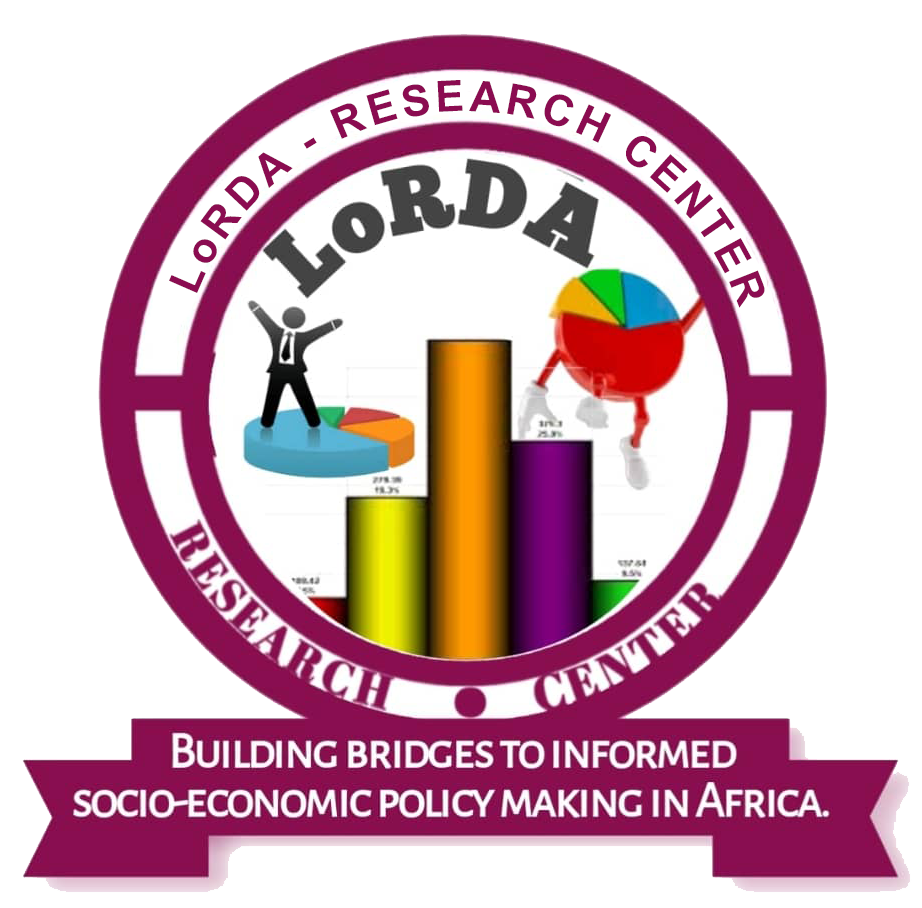Gender Equity in Land Distribution and Food Poverty: Evidence Using Cameroonian Data (2023)
Ndamsa Dickson Thomas & Njong Mom Aloysius
Journal of African Development (2023) 24 (2): 177–199.
https://doi.org/10.5325/jafrideve.24.2.0177
ABSTRACT
This article examines the food poverty impacts of gender equity in the distribution of land for productive activities using the most recent Cameroon household consumption survey data conducted in 2014. It employs the Blinder–Oaxaca decomposition to investigate the existence of a gender-land inequality gap and the factual and counterfactual regression analyses and Foster, Greer, and Thorbecke class of poverty measures to tease out the food poverty impacts of gender equity options in land distribution.
The article’s major contribution to literature is in disintegrating the food poverty impacts of two salient policy packages—the policy package which gives each woman without land at least one hectare of land to exploit for productive activities relative to that which gives women the same rights to own land as their male counterparts.
The results indicated that policy efforts to ensure a female head without land has at least a piece of land for productive purposes (referred to as equity-within) are more potent in alleviating food poverty compared to those that promote gender equality in the distribution (referred to as equity-between) of land for productive purposes.
These results have implications for policy measures to enhance women’s roles as agricultural producers, especially with respect to ownership of land for productive use.
Keywords: gender equity, land tenure system, food poverty, equal opportunity policies
Access link: https://doi.org/10.5325/jafrideve.24.2.0177

